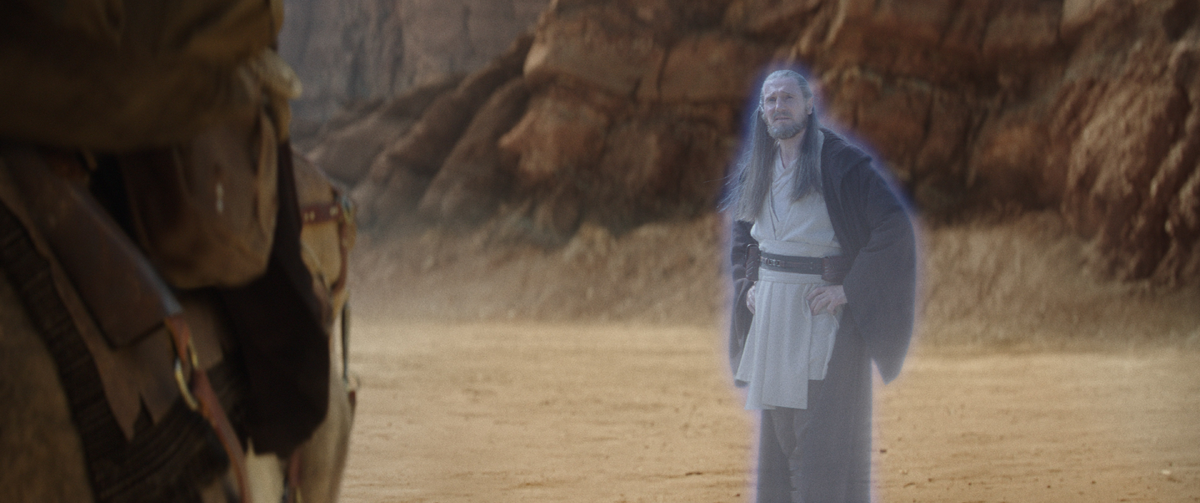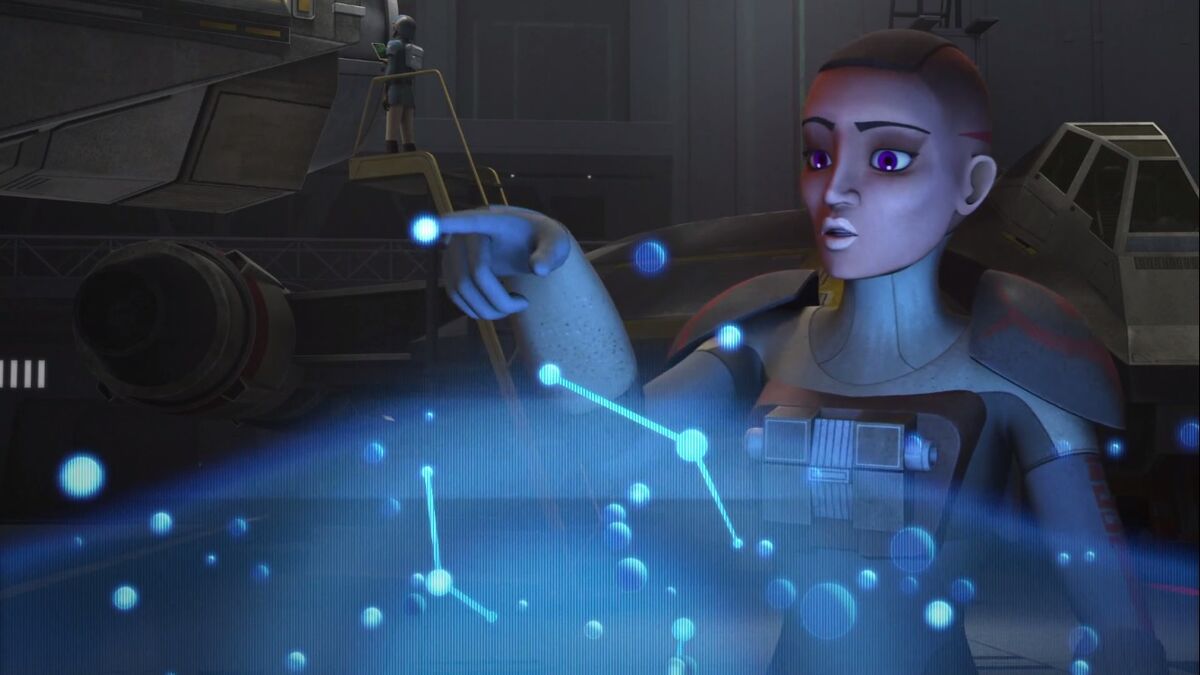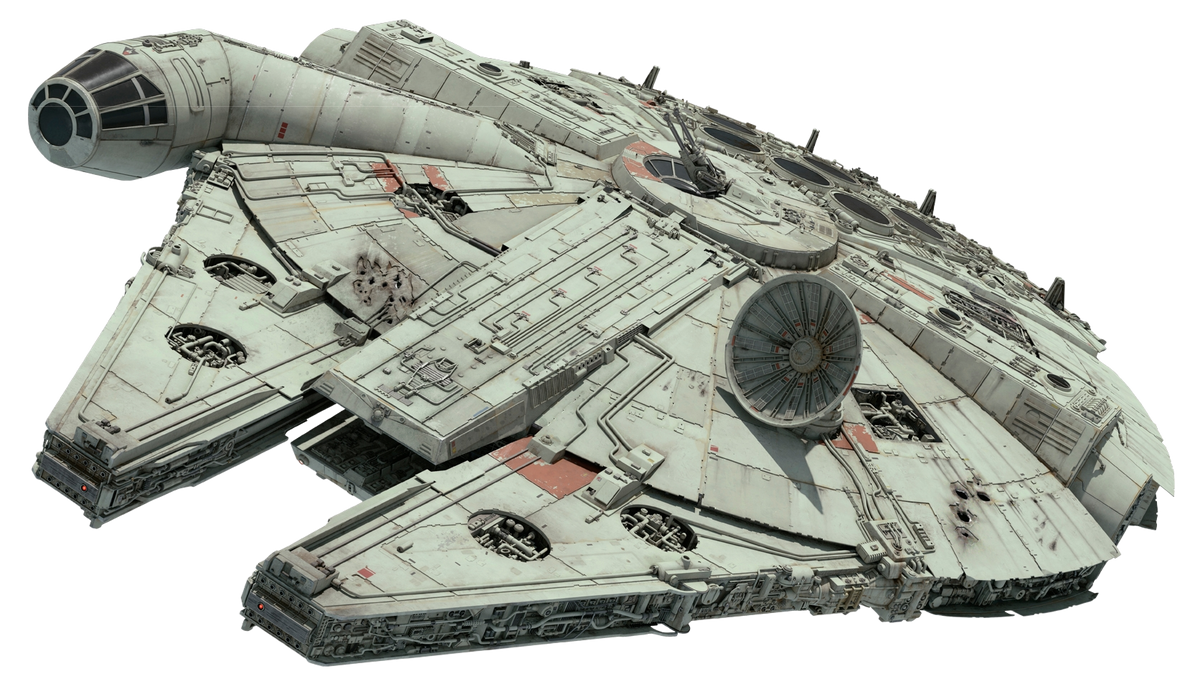You are using an out of date browser. It may not display this or other websites correctly.
You should upgrade or use an alternative browser.
You should upgrade or use an alternative browser.
Lets talk all things Star Wars
- Status
- Not open for further replies.
I hope they never say what Yoda's species is or where they are from. In cases like that some mysteries are better left to the imagination.
If they give some answers to the background of the child I would be on board with that but in the larger sense of who or what the Yoda species is, I hope that remains unanswered.
If they give some answers to the background of the child I would be on board with that but in the larger sense of who or what the Yoda species is, I hope that remains unanswered.
Since the Prequels I kind of wish they would have expanded on the Whills, but I also kind of hope they keep it mysterious. I can't remember if it was in the movies or just in the ROTS novel, where Qui-Gon (Yoda?) says that he learned how to retain his self in the Force from a Shaman of the Whills. So they are either physical beings or commune with physical beings. One thing I would have liked the EU to explore a little more is the Force users who aren't tied to the Sith or Jedi. They did a little bit, but there could have been some interesting stories.
Mara Jade's Father
Master Member
Shaman of the Whills
There has been no on screen mention of it as the scene for Revenge of the Sith was ever completed but the reference of the experience is mentioned in Clone Wars without mentioning the individual. However I believe they are still considering the Shaman as canon since they still mention him/her in the Starwars.com databank.

Shaman of the Whills
Prior to his physical death, Jedi Master Qui-Gon Jinn learned the means to retaining an eternal consciousness, learning much from a Shaman of the Whills. This Shaman of the Whills taught Jinn that the path to retaining ones' consciousness after death required absolute selflessness, compassion...
Joek3rr
Master Member
Systems in Star Wars don’t refer to solar systems but to planetary systems. Like Yavin and it’s moons would be a system and Endor and it’s moon would be a system. Hoth is just two mapped planets away from Bespin.

Star system
A star system, also known as a solar system,[2] planetary system,[3] or simply a system, was a group of celestial bodies, usually planets, orbiting a star. Most stars in the galaxy had their own planetary system.[1] Chains of important star systems formed runs, which were vital navigational...
Joek3rr
Master Member
"Even if we hopped aboard the space shuttle discovery, which can travel 5 miles a second, it would take us about 37,200 years to go one light-year."Millions of light years would be a galaxy apart. Realistically Bespin and Hoth would have to be less than 1 light year apart.
Even at those distances, the Falcon would still need a hyperdrive.
The way I view the science in the Star Wars series is that as long as it works well enough in context to the story itself and the characters feel grounded and consistent then I'm on board with it. The more outlandish it gets or the more technical it gets then it loses me. It may be a fantasy in a lot of regards but it needs to maintain a really delicate balance in order to suspend my disbelief. If it goes too far in either direction then it breaks the illusion.
Which really is the barometer I think when it comes to debate over these stories. Some of us view it more technically and others view in a more detached way. I think where Star Wars works best is somewhere in the middle of those two extremes.
Which really is the barometer I think when it comes to debate over these stories. Some of us view it more technically and others view in a more detached way. I think where Star Wars works best is somewhere in the middle of those two extremes.
harrisonp
Sr Member
Yeah it’s not like anyone is asking why Luke doesn’t need to change the batteries in his lightsaber. They’ve always played fast and loose with the technical jargon, and all the ships move at the speed of plot. Even the lightsabers vary in how quickly the blades deploy depending on how dramatic the pacing of the scene needs to be.
robn1
Master Member
At what distances? We don't know how far apart Hoth and Bespin are, only that they are both in the Anoat sector. Nor do we know the Falcon's top speed at sublight. The fact that the Falcon was able to make the trip cannot be disputed without these details, so it must be accepted."Even if we hopped aboard the space shuttle discovery, which can travel 5 miles a second, it would take us about 37,200 years to go one light-year."
Even at those distances, the Falcon would still need a hyperdrive.
RodanAZ
Well-Known Member
Anyone else bothered by the premise that Fett just followed along for the alledged six months? Once a course was set and followed for a while, it would have been pretty easy to set up an Imperial ambush for the Falcon...
And this is the problem with 'over 'splainin' ' after the fact. "Six months" sounds great for Luke's training, but it opens up another can of worms.
Sometimes you just have to accept the story and not examine it too closely.
And this is the problem with 'over 'splainin' ' after the fact. "Six months" sounds great for Luke's training, but it opens up another can of worms.
Sometimes you just have to accept the story and not examine it too closely.
Joek3rr
Master Member
They are two different star systems. Of course we don't know exactly how fast the sublight engines on the Falcon are. But consider this, it took the fastest space craft built, 9.5 years to get to Pluto. So that's gotta be some really small star systems very close together. And the Falcon has to be traveling near the speed of light.At what distances? We don't know how far apart Hoth and Bespin are, only that they are both in the Anoat sector. Nor do we know the Falcon's top speed at sublight. The fact that the Falcon was able to make the trip cannot be disputed without these details, so it must be accepted.
ghostryder
Legendary Member

New Star Wars book clarifies Snoke’s origins
A new Star Wars book offers some clarification on Darth Sidious' pawn, Snoke
robn1
Master Member
Time dilation would be an issue for long trips at high sublight, a few days or weeks on the Falcon could be several months for everyone else.Maybe there’s time dilation or some hand wavey “Force stasis” on Dagobah
robn1
Master Member
That spacecraft reached the highest speed it's tiny engine could muster and coasted the rest of the way. A ship like the Falcon could maybe reach half lightspeed at full sublight (that's the speed of a Star Trek ship at full impulse anyway). If they have a quarter of a light year to travel that would take six months. Again, we don't know the variables, we only know that they made it.They are two different star systems. Of course we don't know exactly how fast the sublight engines on the Falcon are. But consider this, it took the fastest space craft built, 9.5 years to get to Pluto. So that's gotta be some really small star systems very close together. And the Falcon has to be traveling near the speed of light.
harrisonp
Sr Member
Works for me! Makes Luke’s 6 months more believableTime dilation would be an issue for long trips at high sublight, a few days or weeks on the Falcon could be several months for everyone else.
Mara Jade's Father
Master Member
I’m pretty sure a universe with thousands of years of space travel under its belt can do a little better than our near 60 years of experience.They are two different star systems. Of course we don't know exactly how fast the sublight engines on the Falcon are. But consider this, it took the fastest space craft built, 9.5 years to get to Pluto. So that's gotta be some really small star systems very close together. And the Falcon has to be traveling near the speed of light.
Mara Jade's Father
Master Member

Millennium Falcon
The Millennium Falcon, originally designated YT 492727ZED and formerly known as the Stellar Envoy, and registered or known under various aliases and pseudonyms including Broken Bell, Corell's Pride, Close Shave, Fickle Flyer, Foul Matter, Graphite Skipper, Jin-Den Smoke, Longshot, Lost and...
In addition to its renowned hyperdrive, which supposedly made the Falcon the "fastest ship in the galaxy," the ship was equipped with a backup hyperdrive. It was much slower than the primary engine and often took several weeks or months to reach the nearest star system.[1]
More like Supreme Leader Nope!
New Star Wars book clarifies Snoke’s origins
A new Star Wars book offers some clarification on Darth Sidious' pawn, Snokewww.gamesradar.com
There's no point in them trying to recon it anymore. It was frustrating when they did it before, now it's just sad.
- Status
- Not open for further replies.
Similar threads
- Replies
- 0
- Views
- 1,932
- Replies
- 251
- Views
- 40,521
- Replies
- 210
- Views
- 24,163
- Replies
- 46
- Views
- 5,859
- Replies
- 21
- Views
- 2,849
